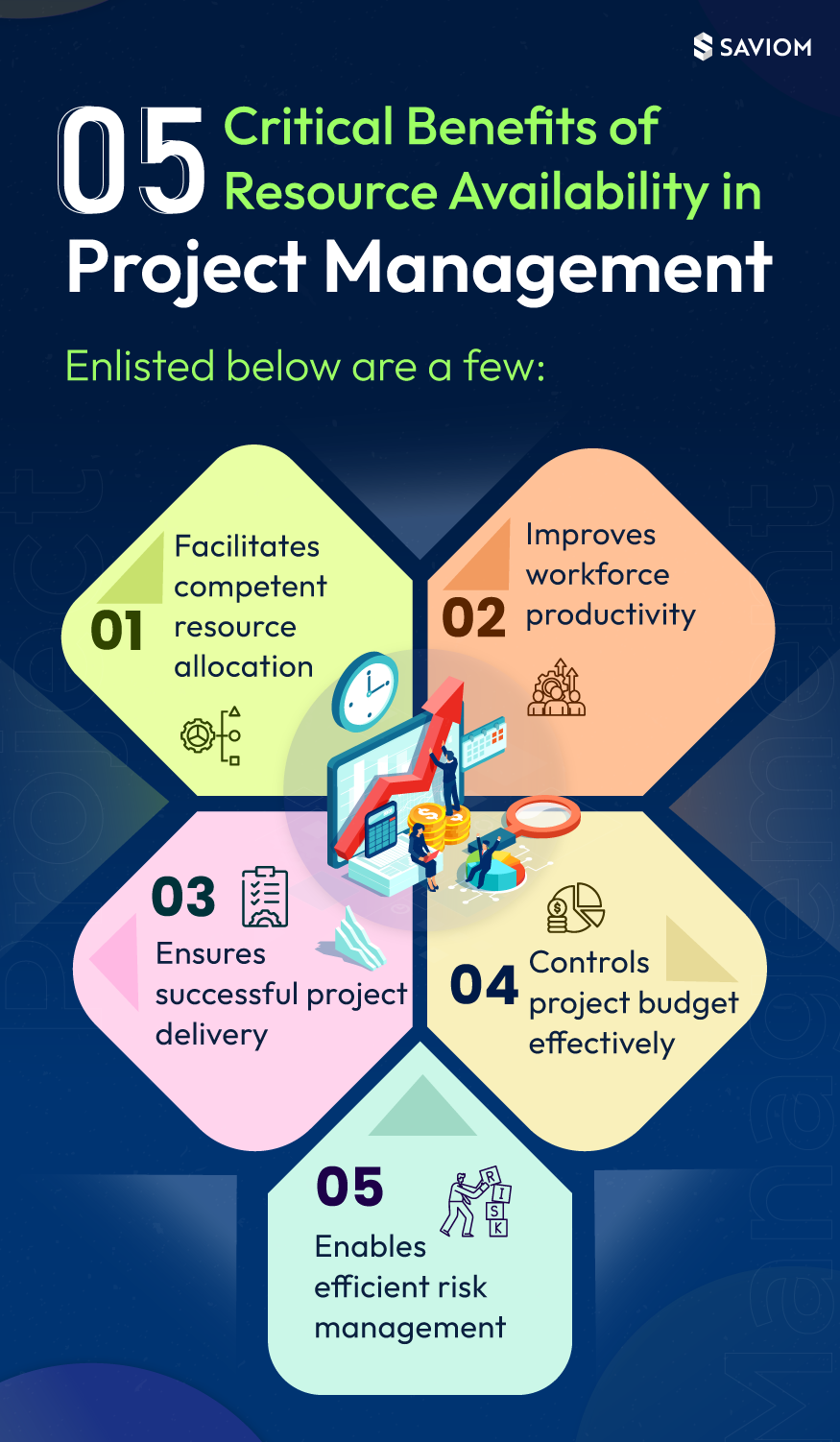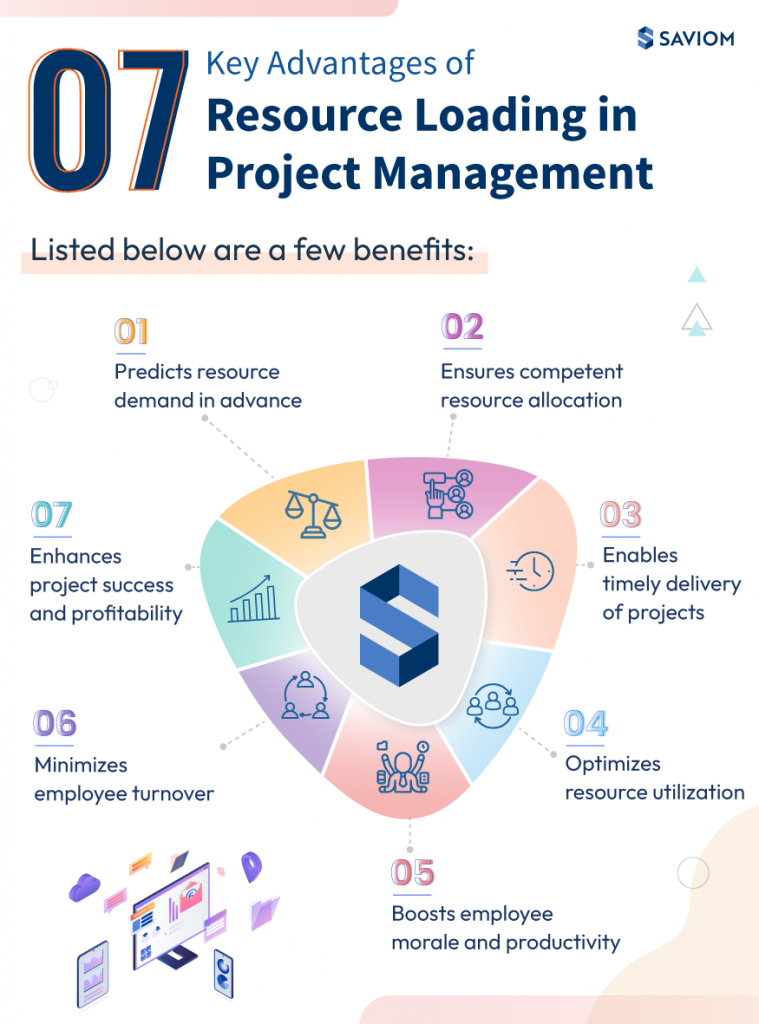The fast-paced changing nature of the business world has compelled business leaders to go above and beyond to control budgets and survive the economic downturn. Economic uncertainty puts multiple projects in jeopardy which has made it even more important for organizations to streamline their finances.
While the reasons for market volatility may differ, the basic principles to curb the damage remain the same. Some of those practices include conducting precise risk assessments, making profitable investments, creating a financial cushion, and regulating project financials throughout a project lifecycle to avoid any budget overruns.

Deploying a software solution that can regulate and automate the entire project ecosystem is the right investment to sustain these difficult times. Professional Services Automation software is one such tool that can monitor and control every project attribute from bid to bill to enhance overall profitability.
Before delving into the know-hows of the software, let’s understand what exactly is PSA.
What is PSA?
Professional Services Automation is an advanced tool designed to standardize and streamline professional services operations. With centralized visibility of every business process, it enables managers to examine every detail of the project’s process. This facilitates them to efficiently allocate the resources, reduce resourcing costs, maximize billability, enhance productivity, and potentially take corrective actions to improve performance and client’s experience. The major benefit of PSA is that it examines every financial attribute of a project and gives actionable insights to prevent budget overruns. From enterprise resource management to team collaboration, PSA covers it all and enhances the productivity and profitability of a modern professional service business.
Here are the financial aspects of a project-management cycle covered by PSA:
Project planning
Project managers have a lot to consider while planning a project. From project estimation to scheduling and from risk management to allocating the right resources at the right cost, every detail has to be covered to ensure the project’s success. Having disparate solutions and tools for each function is time-consuming and creates silos. PSA eliminates the need to diverge to multiple tools and provides a unified solution for all.
Based on the previous project’s history and by pulling data through different sources, you can plan for your future projects efficiently. Using refined work breakdown structures will facilitate you to design schedules for every task and allocate competent resources for the stipulated time at the right cost. Managers can extract data from their existing accounting software as different software can be integrated seamlessly or they can even input the data in the system manually.
What’s more? To maximize revenue and enhance profitability, you can generate task-specific timelines to ensure progress stays on track and is accomplished in the given cost and time to avoid incurring any loss.
Project accounting
Often project financials are overlooked in order to stay on the course of the project’s timeline. This will consequently reduce the overall profitability of the project. Managers, therefore, need to get a fix on project costs and expenses in real-time. If the expenses shift from what is estimated during the planning stage, they should be able to take corrective measures ahead of the curve.
The project accounting aspect of PSA is designed to assist you in this. It gives you real-time insights into project budgets and profit margins. With a configurable timesheet interface, you can track the actual worked hours and compare it with the planned timeline to verify if it’s accurate. Even better, with intelligent ‘forecasted v/s actual’ reports, you can easily view the difference between allocated hours and actual hours logged in by project resources. This will ultimately inform you of the billing loss or profit that you have incurred.
You can also capture and record project expenses using the expense reporting interface tracked against specific project tasks. This saves time and improves accuracy as it eliminates the need for manual data entry. Overall, a PSA tool gives you leeway to regulate project costs in real-time and protect the financial health of your project.
Managing billing contracts
Every client has different demands and expects the decision-makers to tailor the contracts accordingly. Customizing these billing models manually is a tedious process and also increases administrative overhead. The automation of these billing processes will minimize errors and simplify things for project managers.
A Professional Services Automation platform provides you the liberty to attune the billing contracts that align with your customer’s needs. Whether you are dealing in time and material, subscription-based models, or any hybrid model thereof, you can accommodate any billing structure. You can also model these billing contracts with different billing rates and engagements seamlessly. In addition, you can also easily alter the amount or cost in case of any ad-hoc changes in real-time to expedite the billing process.
There’s more to it! You can also set-up notifications for recurring invoice schedules or when a milestone is reached to not miss the deadlines. Aligning the approval process in compliance with the contract can also be automated. All this functionality will help you convert the data into billable information without a hitch.

Automated invoicing
Instead of having to send information manually from one team to the next, be it sales, or consultants, or the finance team to build an invoice for the client, it’s more convenient to view the data on a unified platform. This will quicken the invoicing process and eliminate inaccuracies. At the same time, custom-made invoices built for clients makes it convenient for them.
Automating these processes adds precision and adequacy to documentation. Deploying a PSA tool is beneficial because it provides everything you need for invoicing under one umbrella.
Beginning with having multiple invoicing options at your leverage, for varied contracts like time and material, fixed fee, and ad hoc amounts. Let’s understand them in-depth. Time and material imply billing against the hours logged in by workers and materials used to perform the project tasks. This is generally used for construction projects. Fixed fee invoicing is based on estimates and cushion (buffer) added by vendors. The invoicing is done before the project begins based on estimations. This type of invoicing generally used in IT projects so that clients do not pay for vendor’s mistakes (budget overruns)
Additionally, you also have the luxury to add varied invoice frequencies based on milestones or invoicing schedules or any ad hoc needs. You can bill the client incrementally on the basis of percentage of work done from the total (progressive invoicing) or generate an invoice in advance (advance invoicing) and you can add credit notes and drawdowns as well. To top it all off, you have a range of saved preconfigured templates at your advantage to send across the final invoice to the client.
Advanced reporting and analytics
Fluctuating demands is the norm in project-based industries., Managers need to stay proactive and make decisions to meet these dynamic needs. Foresights into resource demands, their billable utilization, and gaps between demand and their capacity enable you to apply resourcing treatments in time to avoid unnecessary hiring/firing costs.
A PSA tool with the help of Intelligent forecasting & analytics and business intelligence empowers your decision-making with real-time insights into critical project metrics. You can track project margins, resource utilization (billable and non-billable tasks), work in progress, and more in sync with the project’s progress. This data can also be visualized using customizable dashboards and reports to get the bigger picture.
This comprehensive analytical report that touches the base of every niche lets you take strategic decisions to improve overall revenue. One, you can control project expenses well ahead in time with early warnings on budget overruns. Two, you can allocate resources that are likely to be on the bench down the line to the project vacancies. Also, with a built-in drag and drop functionality, you can schedule resources and meet the changing resource demands. The advanced features and intelligent reports facilitate you to make better resourcing decisions when you are pre-informed of the demands and capacity of the resource pool. Three, with a single source of truth and enterprise-wide visibility, you can visualize and move the highly skilled resources to billable tasks and re-assign non-billable tasks to lower-cost resources to close the demand gap and maximize billability.
The Summary
In a nutshell, PSA is an all-inclusive solution to systematize financial management in the modern professional service firm. The advanced software which is an integration of project-resource management aspects aims to enhance the bottom-line of the business.
Advanced analytics and business intelligence enhances the overall experience of managers and propels data-driven decisions. Using this tool to your advantage will increase the profitability of your project and help you future proof your business in grim times. Additionally, equipping this tool will also facilitate you to modernize your business process and adapt to the dynamic business landscape, eventually steering your business through greater heights!








